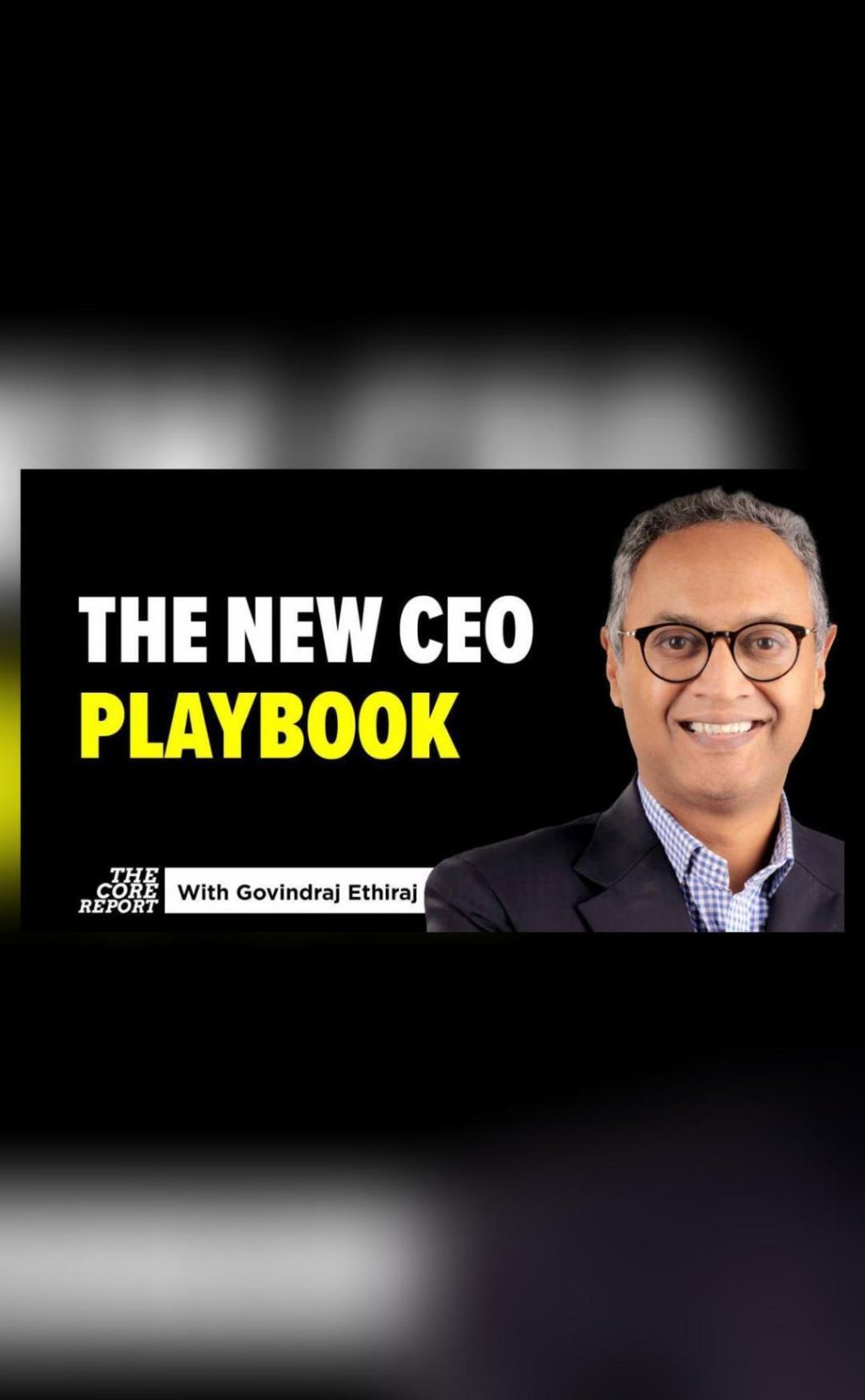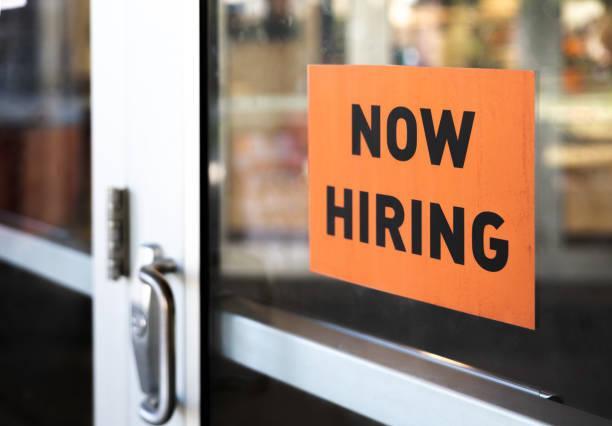
The New CEO Playbook: AI Pressures & Global Tariff Shocks
As the CEO of a global corporation, you’re no stranger to navigating uncharted waters. But in today’s fast-paced business landscape, the stakes have never been higher. Artificial intelligence (AI) is reshaping industries, global trade policies are shifting like sand, and the pressure to innovate and adapt has never been greater.
In this blog post, we’ll explore the new CEO playbook, highlighting the key challenges and opportunities that come with AI pressures and global tariff shocks. From internal pressures to automate and innovate, to external forces like shifting trade policies, business leaders must rethink strategy and operations. With no guarantee of stability, companies are being pushed to localise, adapt, and reconsider long-held business models.
AI Pressures: The New Normal
AI is not just a buzzword; it’s a reality that’s transforming industries and disrupting business models. From customer service to supply chain management, AI-powered tools are becoming increasingly sophisticated, and companies that fail to adapt risk being left behind.
The pressure to automate is palpable, with many CEOs facing internal demands to leverage AI to drive efficiency, reduce costs, and improve customer experiences. But this isn’t a one-size-fits-all solution. Each company must carefully consider how AI can be harnessed to enhance their unique value proposition, rather than simply mimicking their competitors.
For example, consider the retail industry, where AI-powered chatbots are already revolutionising customer service. Rather than simply replacing human customer service agents, these tools are freeing up staff to focus on higher-value tasks, such as product recommendations and personalized support.
Global Tariff Shocks: The Unpredictable
Meanwhile, global trade policies are in a state of flux, with tariffs and trade agreements being rewritten seemingly overnight. The impact on businesses is profound, with supply chains and profit margins under siege.
The uncertainty surrounding trade policies is unprecedented, with even the most seasoned CEOs struggling to predict what lies ahead. The only constant is change, and companies must be prepared to adapt quickly to shifting circumstances.
Take, for instance, the automotive industry, where tariffs on steel and aluminum have sent shockwaves through global supply chains. Manufacturers are being forced to rethink their production strategies, sourcing materials locally whenever possible, and diversifying their supplier bases to mitigate risk.
Rethinking Strategy and Operations
In the face of these challenges, CEOs must rethink their strategy and operations from the ground up. This includes:
- Localisation: Companies must be prepared to localise their operations, adapting to changing trade policies and regulations. This may involve shifting production facilities, sourcing materials locally, and reconfiguring supply chains.
- Adaptation: CEOs must be willing to pivot quickly in response to changing circumstances. This requires a culture of experimentation, with companies embracing failure as a learning opportunity.
- Innovation: The pressure to innovate is intense, with companies competing for market share and customer loyalty. AI-powered tools can help drive innovation, but CEOs must also prioritize human capital, fostering a culture of creativity and collaboration.
- Diversification: Companies must diversify their revenue streams, reducing dependence on a single market or product. This may involve expanding into new geographies, developing new products, or exploring new business models.
- Risk Management: CEOs must prioritize risk management, hedging against uncertainty and potential disruptions. This includes diversifying supply chains, developing contingency plans, and maintaining a war chest to weather storms.
Conclusion
The new CEO playbook is complex, with AI pressures and global tariff shocks presenting unprecedented challenges. But it’s not all doom and gloom. By embracing adaptation, innovation, localisation, diversification, and risk management, CEOs can navigate these challenges and emerge stronger, more resilient, and better equipped to thrive in a rapidly changing world.
As the CEO of a global corporation, you’re no stranger to uncertainty. But by staying ahead of the curve, leveraging AI and adapting to changing trade policies, you can position your company for long-term success in a world of constant change.
Source:






